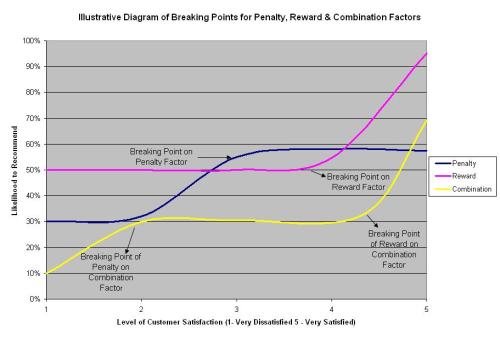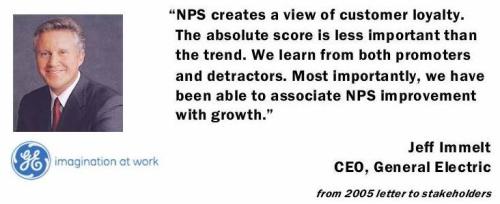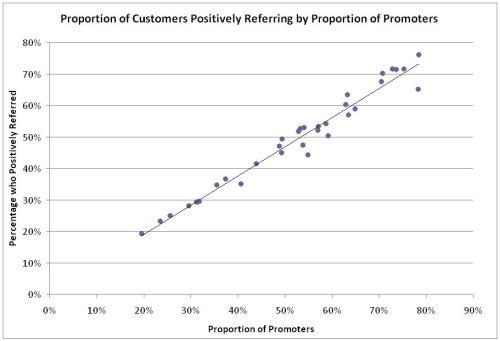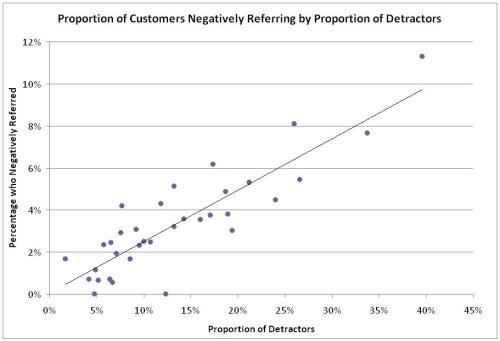I recently had an epiphany, as I have been thinking a lot lately about the drivers of customer satisfaction and how these drivers affect customer loyalty. My conclusion is that not all factors are the same. Some factors are penalty factors, some are reward factors, and some are a combination of both. A penalty factor is a factor in which customer satisfaction needs to exceed a minimum level of competency to meet the expectation that the customer has. If it doesn’t, you are penalized.
For a golf facility, condition of golf cars likely would be a penalty factor. The customer expects the golf car to be clean and to provide transportation for 18 holes. As long as the golf car meets this expectation, the facility will avoid any penalty. The point where this expectation is met is the breaking point for this penalty factor. Any improved satisfaction above and beyond this point on the factor of condition of golf cars will not translate to any tangible benefit of having a more loyal customer.
Other factors may be reward factors, where if the customer is delighted the facility will realize a significant reward in customer loyalty. On reward factors, the point where the customer is delighted is the breaking point on these reward factors. If satisfaction is above and beyond that point, it will translate into significantly higher customer loyalty. As satisfaction drops below that point, it will not result in any tangible decrease in customer loyalty.
Some factors may actually be a combination of both penalty & reward factors. For instance condition of greens may be both a penalty factor and a reward factor. The facility may need to achieve a minimum level of performance on condition of greens, so that they don’t realize a penalty in terms of customer loyalty. But if that facility delights the customer in satisfaction on condition of greens, they may realize a substansial reward of improved customer loyalty.
In between the breaking points of penalty and reward on the factor of condition of greens may in fact be a dead area, meaning increased satisfaction in between these breaking points will not translate to any significant improvement in customer loyalty.
By understanding what factors are penalty factors, what are reward factors, what factors are a combination of both and where these crucial breaking points are, you will be able to invest wisely to maximize your ROI of enhanced customer loyalty.

Incidentally, I came across an interesting article related to penalty and reward factors in the McKinsey Quarterly on “Maintaining the Customer Experience.”







